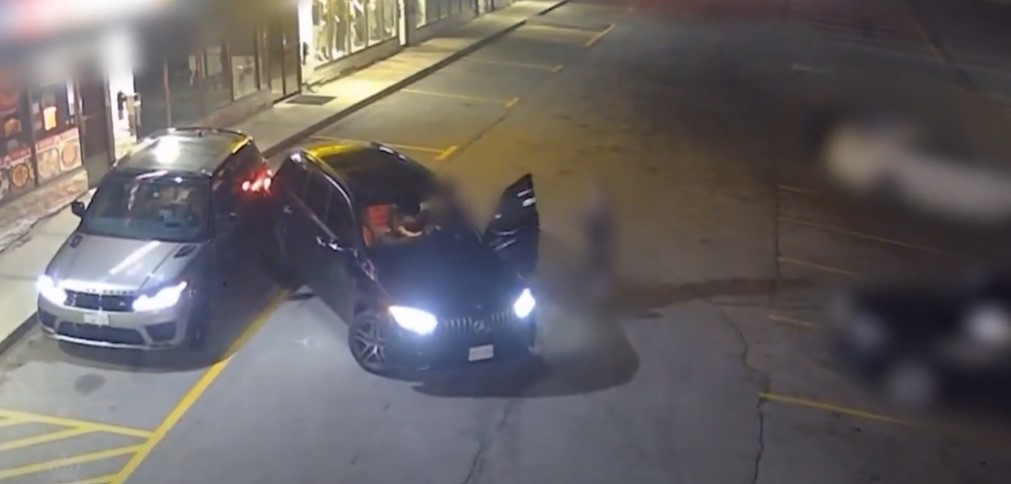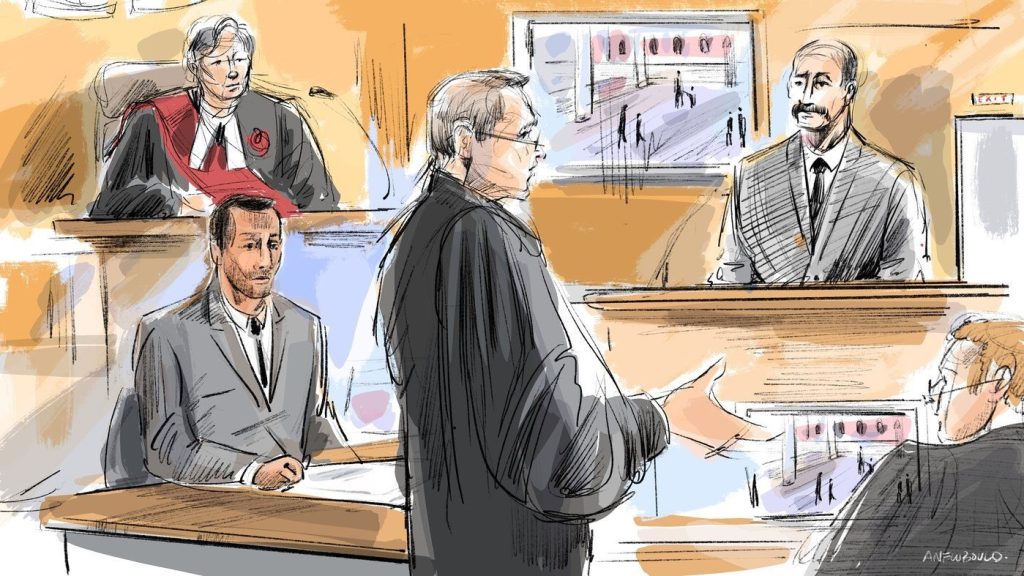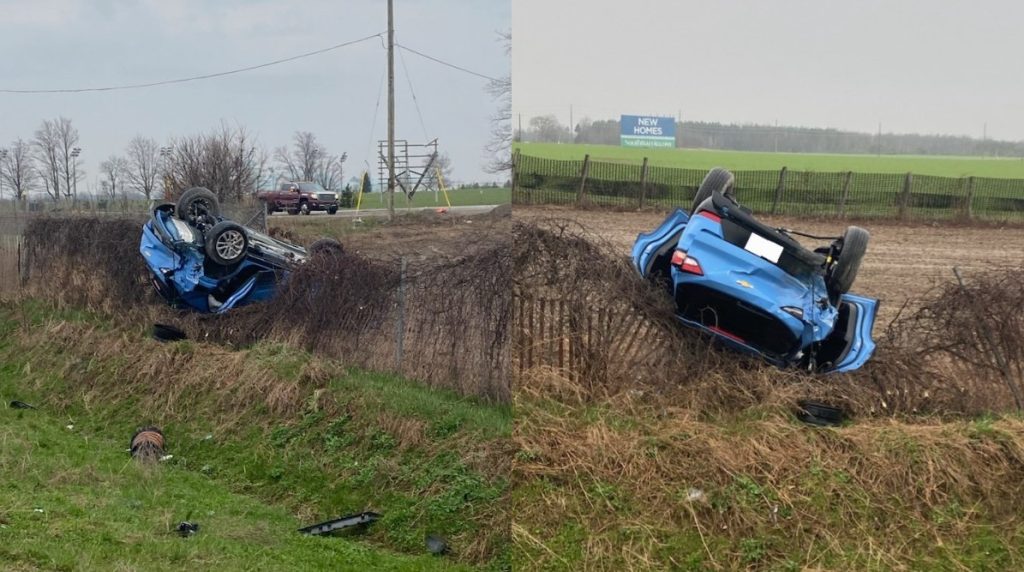Testing of Canadian Ebola vaccine moving as fast as possible: NewLink CEO
Posted October 22, 2014 8:41 am.
This article is more than 5 years old.
TORONTO – The CEO of the company that holds the licence for a Canadian-made Ebola vaccine has a message for people who are frustrated by how long it is taking to get it into use in West Africa.
The race to get the vaccine safety tested and made in sufficient quantities so that large studies can be rolled out in affected countries early next year is moving at warp speed, he suggests.
“There haven’t been any delays. We couldn’t go any faster without really doing things dangerously,” said Dr. Charles Link, CEO and chief scientific officer of NewLink Genetics, of Ames, Iowa.
“I don’t think humanity has ever tried to do something this complex, to be quite honest.”
In the circles of people working on plans to contain the devastating Ebola outbreak, there has been a lot of mumbling and some serious grumbling about whether NewLink — a small biotech focused on developing cancer vaccines — has the experience and wherewithal to push this important project forward.
Earlier this week, Amir Attaran, a University of Ottawa law professor, said the Canadian government should terminate NewLink’s licence, or green-light other manufacturers to make the vaccine using the so-called “carve out” clauses in the contract. They permit Canada to enlist other vaccine makers in emergencies.
The Public Health Agency dodged the question when asked whether it was considering exercising its carve out options. In an emailed reply to the question, the agency talked at length about Canada’s donation of 800 to 1,000 vials of the vaccine to the World Health Organization, but did not indicate if it is considering rescinding NewLink’s licence or issuing new ones.
NewLink licensed VSV-EBOV, as the vaccine is called, in 2010.
With a consensus emerging that vaccines may be the only way to stop the outbreak that has engulfed Guinea, Sierra Leone and Liberia, many eyes have turned to this product, created at the National Microbiology Laboratory in Winnipeg.
VSV-EBOV is one of only two experimental Ebola vaccines sufficiently developed at this point to be tested in people. The first human trials with the vaccine began in Bethesda, Md., last week and four more — in Germany, Switzerland, Gabon and Kenya — will start in the next few weeks.
Dr. Marie-Paule Kieny, the World Health Organization’s point person for Ebola vaccines and drugs, said Tuesday that about 250 people will be enrolled in these Phase 1 trials, which are aimed at showing whether the vaccine is safe to use in people. They will also determine how much vaccine is required to induce what should be a protective response.
Link said the company has a batch of vaccine that is close to being ready. It is working with two European contract manufacturers to produce more, and anticipates having an American manufacturer signed on to help in the next couple of weeks.
The company expects to have between 60,000 and 70,000 vials of VSV-EBOV by the end of the year, Link said. Depending on how much is required per person, those vials could represent 600,000 to 700,000 doses — or six million to seven million.
Link said preliminary work is already underway in Sierra Leone and Liberia to plan for the start of a Phase 3 trial there early in the New Year. The current idea would be to go from Phase 1 trials straight to Phase 3, the large trials meant to show if a drug or vaccines actually works, Link said.
The Phase 3 trial would test the vaccine in thousands of volunteers, including health-care workers. Link spoke of a trial design that would see between 30,000 and 40,000 people randomly assigned to get VSV-EBOV, the other experimental vaccine which is being made by GlaxoSmithKline, or a placebo — probably hepatitis B vaccine.
Some argue the placebo arm is needed to show if these vaccines are actually protective. But a number of public health experts have denounced that plan, calling it unethical.
“It’s the $64,000 question that’s being talked about all around the world right now,” Link admitted.
Hopes are high for the NewLink vaccine. Studies in animals suggest it can be given both to prevent infection before exposure to the virus — the way childhood vaccines work — and to mitigate the severity of the illness if given shortly after exposure.
It is also expected that VSV-EBOV will require only one dose. The other leading vaccine candidate, the one made by GSK, may require a priming and a boosting dose, which will further complicate what is already expected to be the enormously challenging task of vaccinating large numbers of people in a setting with few health-care resources.
But the feature of the VSV vaccine that is responsible for its one-dose delivery is also the reason why there are some concerns about this vaccine.
VSV-EBOV contains live viruses — vesicular stomatitis viruses, which infect animals but which are harmless to people. The viruses have been genetically engineered to produce one of the proteins generate by the Ebola virus.
The vaccine cannot give a recipient Ebola; it does not contain the whole Ebola virus. But the VSV viruses replicate in the recipient, essentially causing a low grade infection.
People who get the vaccine may develop fever. And in a setting where fever is used as a tool to spot Ebola cases, the vaccine could complicate the ability to detect the infected in the early stages of their illness.
As well, a vaccine containing a replicating virus could pose risks to people who have other health problems, Link said. Kieny has stressed that she’d like to see the vaccine tested in people who are HIV-positive to ensure that it is safe to use in that population.
But because of the speed of the program “we won’t have done nearly the amount of safety testing that has been previously done on other vaccines that go into large populations,” Link noted.
“This is a very tricky thread-the-needle kind of problem.”
Efforts are also underway to see if the vaccine can be lyophilized — freeze-dried. In its current form, the vaccine must be stored at -80 C, which will make it tough to get it into remote communities where electricity is unreliable.
Link says if the vaccine can be lyophilized, it could be stored at temperatures like those in regular freezers.
Normally, stability testing would be done to see if a vaccine holds up for use after a month, two months, six months or longer. Those tests will be underway — but no one will be waiting for the answers, Link said.
“We won’t have a lot of that information for making decisions about what we’re doing here,” he admitted.
“We’re just going to have to make basic best decisions and move forward. We don’t have any choice.”
— Follow @HelenBranswell on Twitter.










